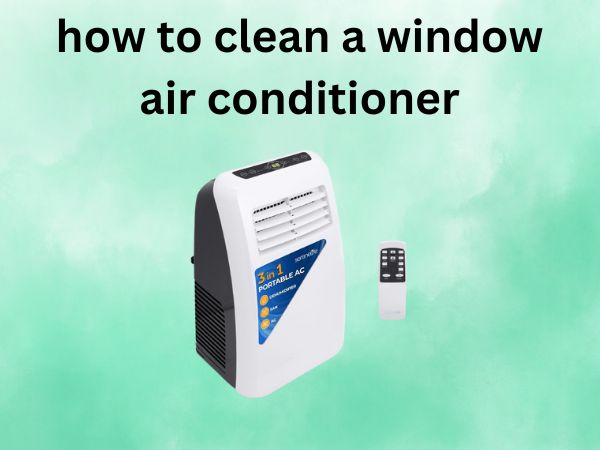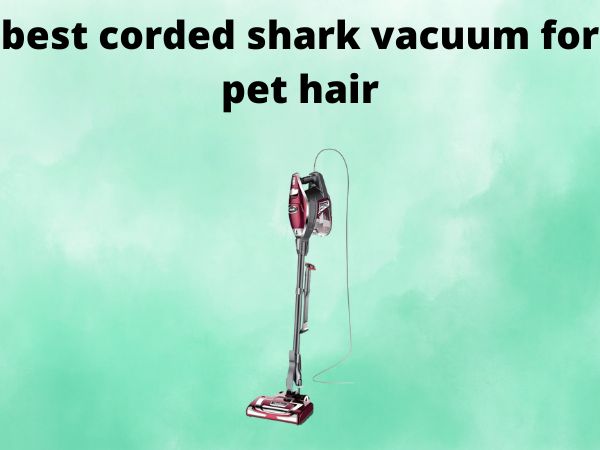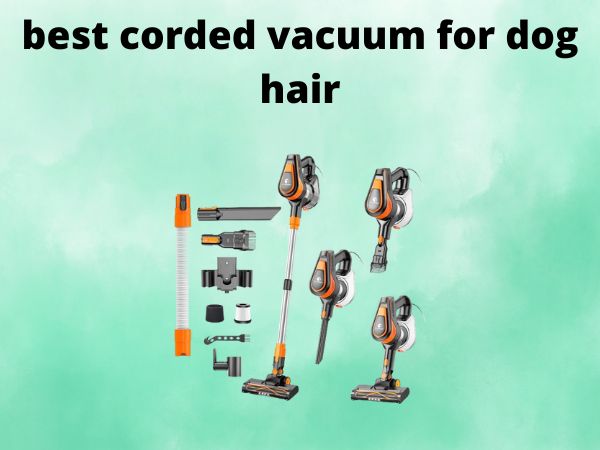How to Clean a Window Air Conditioner [Your Complete Step-by-Step Guide]
When summer heat hits, your window air conditioner becomes your best friend. But like any hardworking appliance, it needs regular TLC to keep performing at its peak. Have you ever wondered why your AC seems to struggle more each year, or why your energy bills keep climbing? The answer might be simpler than you think – your unit probably needs a good cleaning.
Cleaning your window air conditioner isn’t just about aesthetics; it’s about maintaining efficiency, saving money, and ensuring you’re breathing clean air. Think of it like giving your car a tune-up – skip it, and you’ll pay the price later. Let’s dive into everything you need to know about keeping your window AC in tip-top shape.
Table of Contents
Why Cleaning Your Window AC is Crucial
Your window air conditioner works harder than you might realize. Every day, it pulls in air from outside and inside your home, filtering out dust, pollen, pet hair, and countless other particles. Over time, these contaminants build up on filters, coils, and other components, creating a perfect storm of inefficiency and potential health hazards.
Energy Efficiency Benefits
A dirty air conditioner is like trying to breathe through a clogged nose – it has to work overtime to do its job. When dust and debris accumulate on your AC’s components, particularly the coils and filters, your unit consumes significantly more energy to produce the same cooling effect.
Clean coils can improve your AC’s efficiency by up to 40%. That’s not pocket change we’re talking about – it translates to real savings on your electricity bill. The U.S. Department of Energy estimates that proper maintenance, including regular cleaning, can reduce your AC’s energy consumption by 5-15%.
Health and Air Quality Improvements
Here’s something that might surprise you: a dirty air conditioner can actually make your indoor air quality worse than the air outside. Mold, bacteria, and allergens love the moist, dark environment inside a neglected AC unit. Every time your system cycles on, it can blow these contaminants directly into your living space.
Regular cleaning eliminates these health hazards and ensures your AC is actually improving your indoor air quality rather than compromising it. If anyone in your household suffers from allergies or respiratory issues, this becomes even more critical.
When Should You Clean Your Window Air Conditioner?
Timing is everything when it comes to AC maintenance. Clean too little, and you’ll face the problems we just discussed. Clean too often, and you’re wasting time and potentially causing unnecessary wear.
Seasonal Cleaning Schedule
The golden rule? Give your window AC a thorough cleaning at the beginning and end of each cooling season. This means a deep clean in late spring before you start using it regularly, and another cleaning in early fall before you store it away.
During peak usage months, plan for lighter maintenance cleaning every 2-4 weeks. This involves mainly filter cleaning and a quick wipe-down of accessible surfaces.
Warning Signs Your AC Needs Cleaning
Your air conditioner will tell you when it needs attention – you just need to know how to listen. Watch for these red flags:
- Reduced cooling performance despite normal settings
- Unusual odors when the unit starts up
- Visible dust or debris on the front grille
- Ice formation on the unit
- Higher than normal electricity bills
- Increased noise during operation
- Water dripping inside your home
If you notice any of these symptoms, don’t wait for your scheduled cleaning – your AC needs attention now.
Essential Tools and Supplies You’ll Need
Before you start dismantling your air conditioner, gather everything you’ll need. Nothing’s more frustrating than getting halfway through a project and realizing you’re missing a crucial tool.
Basic Cleaning Supplies
Here’s your shopping list:
- Soft-bristled brush (an old toothbrush works perfectly)
- Vacuum cleaner with brush attachment
- Mild dish soap or specialized AC coil cleaner
- Clean rags or microfiber cloths
- Spray bottle for water
- Screwdriver set (usually Phillips head)
- Garden hose (if cleaning outdoors)
- Fin comb (for straightening bent coil fins)
Safety Equipment
Don’t overlook safety – you’re working with electrical equipment, often at height:
- Safety glasses
- Work gloves
- Dust mask or respirator
- Sturdy ladder (if needed)
- Non-slip shoes
Remember, a few dollars spent on safety equipment is infinitely cheaper than a trip to the emergency room.
Safety Precautions Before You Begin
Safety isn’t just a suggestion – it’s absolutely essential when working with electrical appliances. Air conditioners combine electricity, water, and often require you to work at height. Let’s make sure you stay safe throughout the process.
Electrical Safety
Always, and we mean always, disconnect power to your air conditioner before beginning any cleaning. This means unplugging the unit from the wall outlet. If your AC is hardwired, turn off the circuit breaker that controls it.
Never assume the power is off – test it. Try turning on the unit after you think you’ve disconnected power. If it doesn’t start, you’re good to go. This simple check could save your life.
Personal Protection
Air conditioners can harbor some nasty stuff – mold, bacteria, and sharp metal edges are all common hazards. Wear your safety glasses, especially when using cleaners or working around coils. Those metal fins are sharp and can easily cut skin.
A dust mask is essential, particularly if you’re sensitive to allergens or if the unit hasn’t been cleaned in a while. The initial burst of dust when you start cleaning can be overwhelming without proper protection.
Step-by-Step Cleaning Process
Now for the main event – let’s get your air conditioner sparkling clean. We’ll work systematically from the most accessible components to the more complex internal parts.
Removing the Air Filter
The air filter is your AC’s first line of defense against airborne particles, and it’s usually the dirtiest component you’ll encounter.
Locating and Extracting the Filter
Most window AC filters are located behind the front grille. Look for a plastic frame that slides or lifts out easily. Some units have filters that slide out from the bottom or side – check your owner’s manual if you’re not sure.
Don’t force it. If the filter seems stuck, there might be clips or tabs you haven’t noticed. Take a moment to examine how it’s secured before applying pressure.
Cleaning the Filter Properly
Hold the filter up to the light – see all those dust particles blocking the airflow? That’s what’s been making your AC work overtime.
For light cleaning, use your vacuum’s brush attachment to remove loose debris. For heavier buildup, wash the filter with warm, soapy water in your sink or tub. Use a soft brush to gently scrub away stubborn dirt, but be careful not to damage the filter material.
Rinse thoroughly and let the filter air dry completely before reinstalling. A damp filter can promote mold growth and reduce efficiency.
Cleaning the Front Grille and Housing
The front grille is what everyone sees, so let’s make it look good while improving airflow.
Exterior Cleaning Techniques
Remove the front grille if possible – most are held in place by clips or screws. Wash it with soapy water, rinse clean, and dry thoroughly. If it can’t be removed, clean it in place with a damp cloth and mild cleaner.
Pay special attention to the louvers (those adjustable slats that direct airflow). They collect dust and grease from cooking, which can impede air circulation.
Interior Component Access
With the grille removed, you now have access to the unit’s interior. This is where the real cleaning happens, but also where you need to be most careful.
Use your vacuum’s brush attachment to remove loose debris from accessible areas. Be gentle around electrical connections and moving parts.
Tackling the Evaporator Coils
The evaporator coils are where the magic happens – they’re responsible for removing heat and humidity from your indoor air. They’re also magnets for dust and dirt.
Identifying the Coils
Evaporator coils are typically located behind the air filter, toward the interior side of the unit. They look like a series of metal fins with copper or aluminum tubing running through them.
These coils are delicate, so approach them with respect. Bent or damaged fins can significantly reduce efficiency.
Coil Cleaning Methods
For light cleaning, use a soft brush to gently remove debris between the fins. Always brush in the direction of the fins, never against them.
For heavier buildup, you can use a specialized coil cleaner (available at hardware stores) or a mild detergent solution. Spray the cleaner on, let it work for the recommended time, then rinse gently with water if the product requires it.
Some coil cleaners are “no-rinse” formulas that foam up and dissolve dirt, then evaporate on their own. These are often easier to use in tight spaces.
Cleaning the Condenser Coils
The condenser coils are on the exterior side of your unit – they release the heat your AC removes from your home to the outside air.
These coils face the outdoors and typically accumulate different types of debris: leaves, pollen, and outdoor dust. The cleaning process is similar to the evaporator coils, but you can usually be a bit more aggressive since they’re designed to handle outdoor conditions.
If you can access the back of your unit safely, use a garden hose to gently rinse the condenser coils from the inside out. Start with low pressure and increase gradually if needed.
Drain Pan and Drainage System Maintenance
Your AC removes moisture from the air, and that water has to go somewhere. The drain pan collects this water, and a drainage system carries it away from the unit.
Locate the drain pan (usually at the bottom of the unit) and remove any standing water. Clean the pan with soapy water and check for cracks that might cause leaks.
Find the drain hole or tube and make sure it’s clear. A clogged drain can cause water to back up and potentially damage your AC or your home.
Fan Blade Cleaning
The fan blades move a lot of air, which means they collect a lot of dust. Clean blades move air more efficiently and operate more quietly.
If you can access the fan safely (with power disconnected), wipe each blade with a damp cloth. Be careful not to bend or damage the blades – they’re balanced for smooth operation.
Deep Cleaning vs. Regular Maintenance
Not every cleaning session needs to be a major project. Understanding the difference between regular maintenance and deep cleaning will save you time and keep your AC running smoothly.
Monthly Quick Cleans
During peak usage season, plan for a quick 15-minute maintenance session every month:
- Clean or replace the air filter
- Wipe down the front grille
- Check for any obvious problems
- Clear debris from around the outdoor portion of the unit
This simple routine prevents small problems from becoming big ones.
Seasonal Deep Cleaning
Twice a year, plan for a comprehensive cleaning that includes:
- Complete disassembly of accessible components
- Thorough coil cleaning
- Drain system maintenance
- Inspection of electrical connections
- Testing of all functions after reassembly
This deeper maintenance ensures your unit performs optimally and lasts longer.
Common Mistakes to Avoid
Even with the best intentions, it’s easy to make mistakes that can damage your air conditioner or reduce its efficiency. Here are the most common pitfalls:
Never use a pressure washer or high-pressure garden hose on the interior components. The pressure can bend coil fins and force water into electrical components.
Avoid harsh chemicals like bleach or ammonia-based cleaners. They can corrode metal components and leave harmful residues.
Don’t forget to let everything dry completely before reassembling and reconnecting power. Moisture and electricity don’t mix well.
Never attempt to straighten severely bent coil fins without the proper tools. A fin comb is designed for this job – improvised tools often cause more damage.
Professional vs. DIY Cleaning
While most homeowners can handle basic AC cleaning, there are times when calling a professional makes sense.
When to Call the Experts
Consider professional service if:
- Your unit requires disassembly beyond what you’re comfortable with
- You discover electrical problems or damaged components
- The unit hasn’t been maintained in several years
- You’re not comfortable working at height or with electrical equipment
- Your AC continues to have problems after cleaning
A professional service typically costs $75-150 but includes specialized tools, experience, and often a service guarantee.
Maintaining Your Clean AC Unit
Congratulations – you’ve got a clean air conditioner! Now let’s keep it that way with some simple maintenance habits.
Preventive Care Tips
Change your air filter regularly – it’s the single most important thing you can do. Mark your calendar or set phone reminders.
Keep the area around your outdoor unit clear of vegetation, debris, and objects that might restrict airflow.
Check your AC periodically during use. Look for ice formation, listen for unusual noises, and pay attention to cooling performance.
Consider installing a programmable thermostat to reduce unnecessary runtime and wear on your system.
Troubleshooting Post-Cleaning Issues
Sometimes, problems appear after cleaning that weren’t noticeable before. Don’t panic – most are easily resolved.
If your AC won’t start after cleaning, double-check all electrical connections and make sure nothing is blocking the fan. Verify that the filter is properly installed and the front grille is securely attached.
If cooling performance seems worse after cleaning, you might have missed something during reassembly. Check that all components are properly seated and that airflow isn’t restricted.
Strange odors immediately after cleaning are usually just cleaning product residue burning off. Run the fan-only mode for a while to clear the air.
Frequently Asked Questions
Q: How often should I clean my window air conditioner’s filter? A: During peak usage season, clean your filter every 2-4 weeks. If you have pets, smoke indoors, or live in a dusty area, you might need to clean it more frequently. A dirty filter is the number one cause of AC inefficiency.
Q: Can I use a dishwasher to clean my AC filter? A: While some filters are dishwasher-safe, it’s generally better to hand wash them with warm, soapy water. The high heat and harsh detergents in dishwashers can damage filter materials. Always check your owner’s manual first.
Q: Is it normal for water to drip from my window AC unit? A: Some condensation is normal, especially on humid days. However, water dripping inside your home indicates a problem – usually a clogged drain or improper installation. Water should drain to the outside only.
Q: What should I do if I find mold in my air conditioner? A: For small amounts of mold, clean with a mild bleach solution (1 part bleach to 10 parts water), rinse thoroughly, and dry completely. For extensive mold growth, consider professional cleaning or replacement of affected components.
Q: Why does my AC smell musty even after cleaning? A: Musty odors usually indicate mold or mildew in areas you might have missed, particularly in the drain pan or ductwork. Try running the fan-only mode for several hours to dry out the system completely. If the odor persists, you may need professional service to access hidden areas
Conclusion
Cleaning your window air conditioner isn’t glamorous work, but it’s one of the most cost-effective home maintenance tasks you can do. Regular cleaning improves efficiency, saves money, protects your health, and extends your AC’s lifespan.
Remember, the key to success is consistency. A little maintenance throughout the season is much easier than dealing with a completely clogged, inefficient unit. Your air conditioner works hard to keep you comfortable – returning the favor with regular cleaning ensures it can continue doing its job effectively for years to come.
The process might seem daunting at first, but like any skill, it gets easier with practice. Start with the basics – filter cleaning and exterior maintenance – and work up to more comprehensive cleaning as you gain confidence. Your wallet, your health, and your comfort will thank you.







